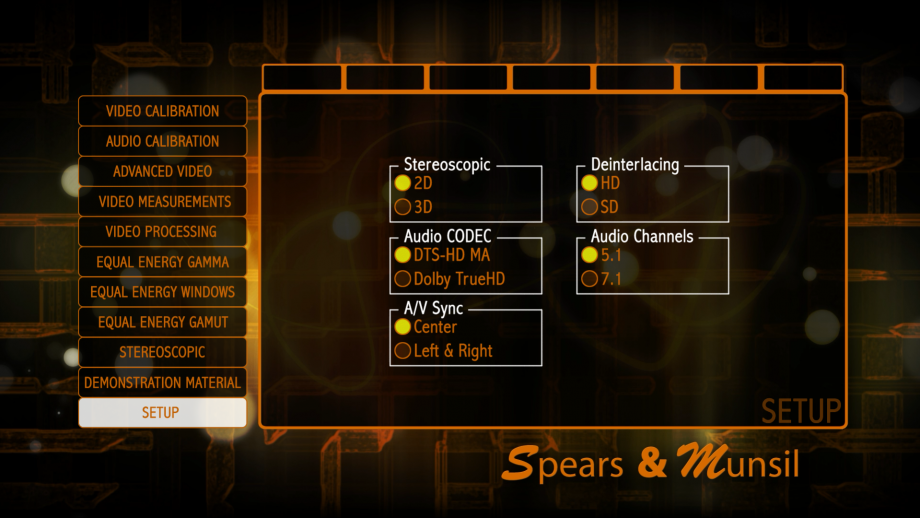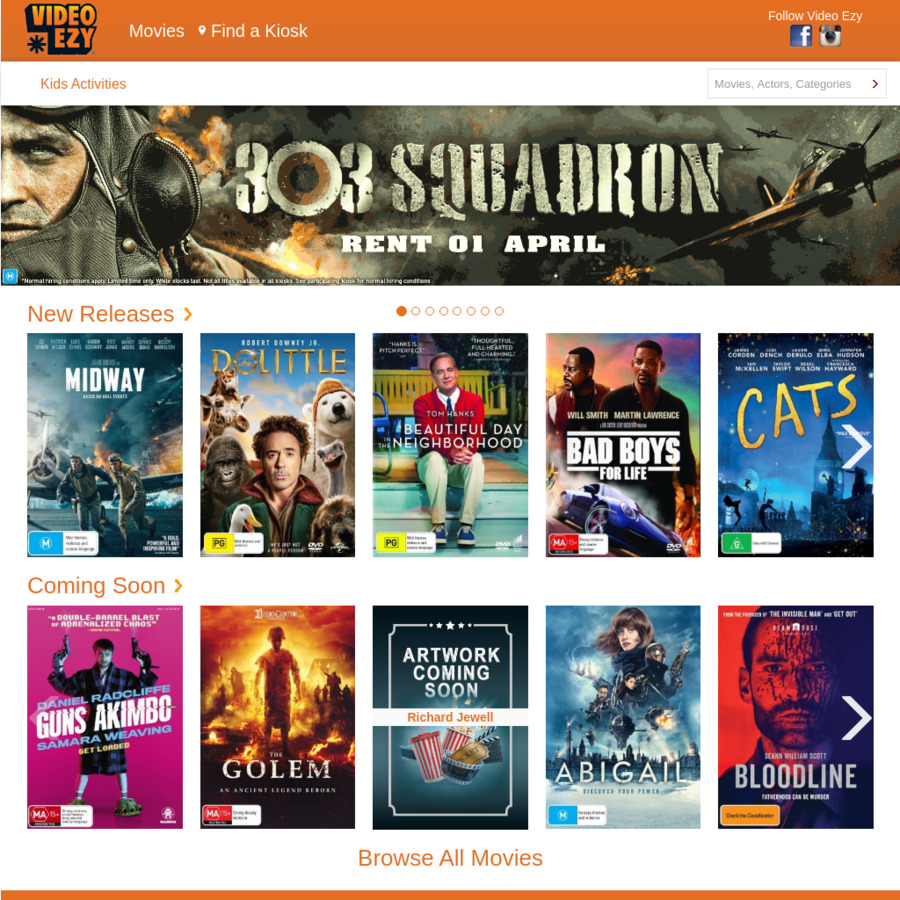

In both cases, titles bypassed all warnings and trailers and jumped right to the film’s start point. Once recognized, discs loaded into the tray and not stored on the server started playing in about 18 seconds, while stored content took 11 seconds. Speed wise, the M500 took an average of 26 seconds to recognize a Blu-ray disc and present the option of playing or importing it when it was placed into the tray. (It even outperformed my PlayStation 3 on a couple of them.) Regular DVD performance was also stellar, delivering a much better result on the AVIA 200 TVL Resolution wedge pattern compared to the company’s previous Mini Player. The M500 passed every high-def video test I threw at it, including those found on discs from Qdeo, Spears & Munsil, and Silicon Optix. But if your current gear can’t decode next-gen audio formats, you won’t be able to fully experience everything that Blu-ray audio has to offer.

You can get around this limitation by sending a bitstream output to processor or receiver with built-in Dolby True HD/DTS-HD MA decoding. Second, when the player decodes Dolby True HD or DTS-HD Master Audio soundtracks internally, the channel count is limited to 5.1 and resolution to 48 kHz. Discs loaded in this vault will remain verified, allowing for the system to stream Blu-ray content to any player.

(Of course, you can drop a disc in the tray and play it without importing it.) Kaleidescape plans to address this limitation by releasing a Disc Loader sometime next year (price TBD) that will hold “at least” 100 titles. So, if you like to rent/rip/return movies, you won’t be able to do that with Blu-ray titles. First, while you can import Blu-ray discs to the server, you can’t play an imported title unless that disc is in a player’s tray somewhere on the Kaleidescape system. Before I discuss the M500’s performance, there are two caveats worth mentioning.


 0 kommentar(er)
0 kommentar(er)
